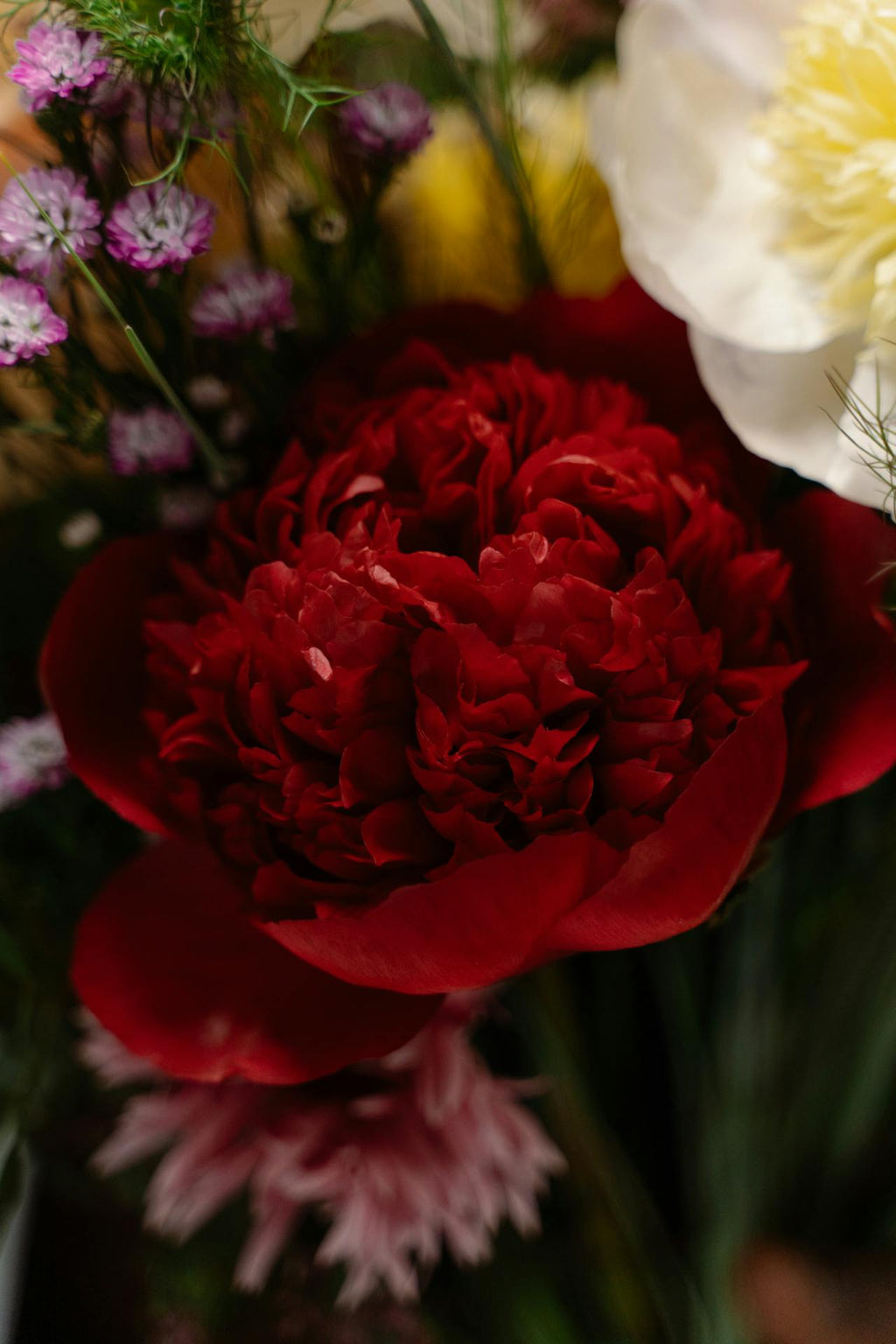Throughout history, flowers have played a significant role in various cultures and traditions. One of the most enduring associations is the link between flowers and motherhood. But how did this connection come to be?
Early Beginnings
Historically, flowers have been used to symbolize fertility, beauty, and life. In ancient civilizations, such as the Greeks and Romans, floral offerings were made to goddesses associated with motherhood, like Demeter and Ceres. These offerings were seen as a way to honor and seek blessings for mothers and their children.
Victorian Era Influence
During the Victorian era, the language of flowers, also known as floriography, became popular. Each flower was assigned a specific meaning, allowing people to communicate sentiments through floral arrangements. This era saw an increase in the use of flowers to express love, gratitude, and admiration towards mothers.
Mother's Day Tradition
The modern celebration of Mother's Day, established in the early 20th century, further solidified the association between flowers and motherhood. Gifting flowers on Mother's Day became a common practice, symbolizing appreciation and love for mothers around the world.
Universal Symbolism
Today, flowers continue to be a universal symbol of motherhood. Whether it's a bouquet of roses, a bunch of lilies, or a single daisy, the act of giving flowers to mothers remains a heartfelt gesture. The beauty and fragility of flowers mirror the nurturing and caring nature of mothers, making them a perfect symbol of maternal love.
The evolution of flowers as a symbol of motherhood is a fascinating journey through history. From ancient civilizations to modern traditions, flowers have stood the test of time as a timeless expression of love and appreciation for mothers everywhere.



